The Complex Of Yen Tu Monuments and Landscapes
A sanctuary secluded in majestic nature
Hidden in the ancient forest is the solemn yet mystical range of pagodas, holy relics, and sacred shrines of the Yen Tu Religious Complex. The blend of history, religion, and nature forms a spectacular getaway from the city bustle, allowing visitors to seek inner peace.
Location
The Yen Tu Religious Complex lies at the junction of Quang Ninh and Bac Giang provinces in Vietnam. Recognized by UNESCO, it encompasses three key areas: the historical relics and natural landscape of Yen Tu Mountain, the historic site of the Tran Dynasty, and the heritage site and natural conservation area of West Yen Tu. Located just 120 km from Hanoi, the complex has become one of the country’s most popular religious attractions due to its convenient access and breathtaking scenery.
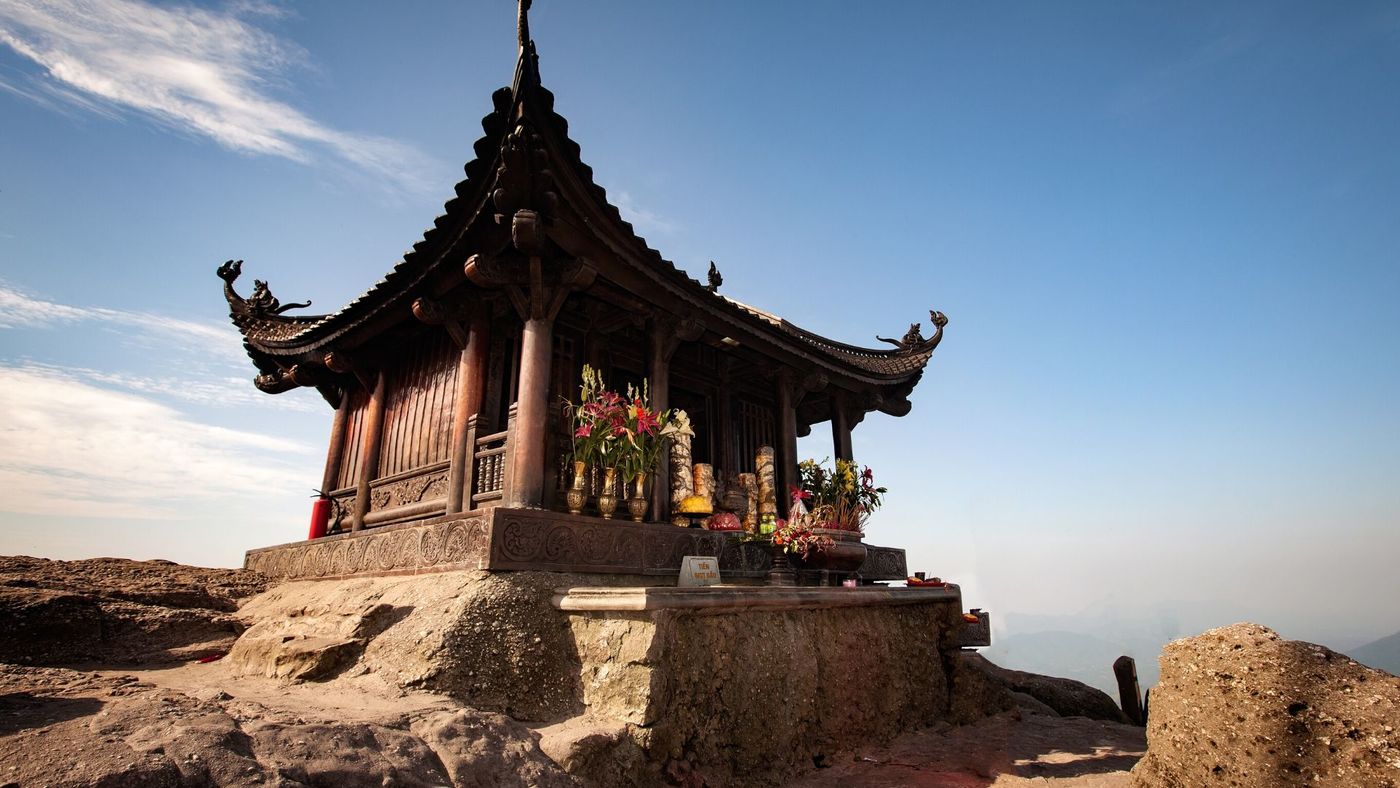 Photo: baotangquangninh.vn
Photo: baotangquangninh.vn
Major Attractions at Yen Tu Complex
Truc Lam Yen Tu Zen Monastery
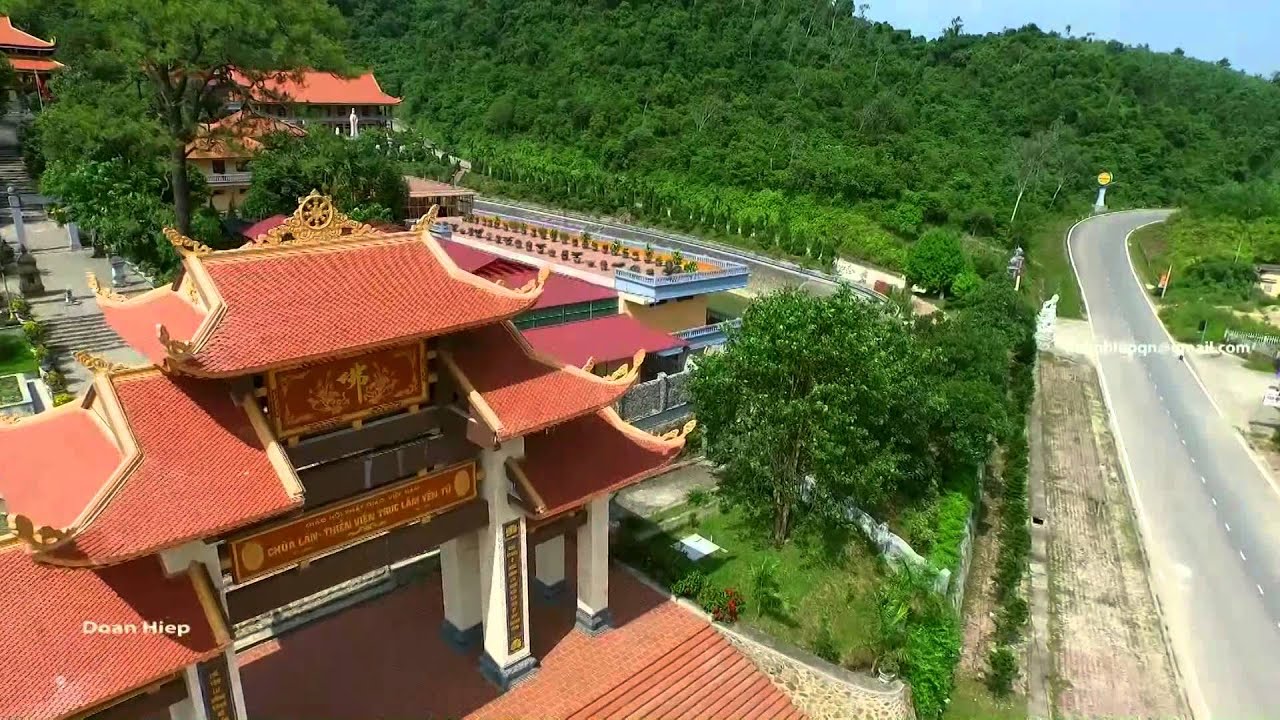 Photo by @Doan Hiep
Photo by @Doan Hiep
Truc Lam Yen Tu Monastery, an iconic part of the Yen Tu Complex, was established by King Tran Nhan Tong in the 13th century. Nestled at the foot of Yen Tu Mountain, it serves as the north's capital of Truc Lam Zen Buddhism, welcoming millions of pilgrims from not only Vietnam but also from around the world.
Dong Pagoda
As indicated by its name, Dong Pagoda is constructed entirely of copper and is recognized as the apex of Yen Tu Mountain, standing at 1,068 meters above sea level. Reaching this peak typically takes hikers about six hours through a challenging ascent of thousands of stone steps. However, visitors can also opt for the aerial tram, offering stunning views of the surrounding landscape.
Justifying Spring (Giai Oan Spring)
According to legend, when King Tran Nhan Tong abdicated in favor of his son, Tran Anh Tong, and retreated to Yen Tu Mountain to practice Buddhism, many concubines—unable to persuade him to return—tragically took their own lives at this spring. To honor their memory, King Tran Nhan Tong established the Justifying Pagoda, thus the spring was renamed.
Yen Tu National Forest
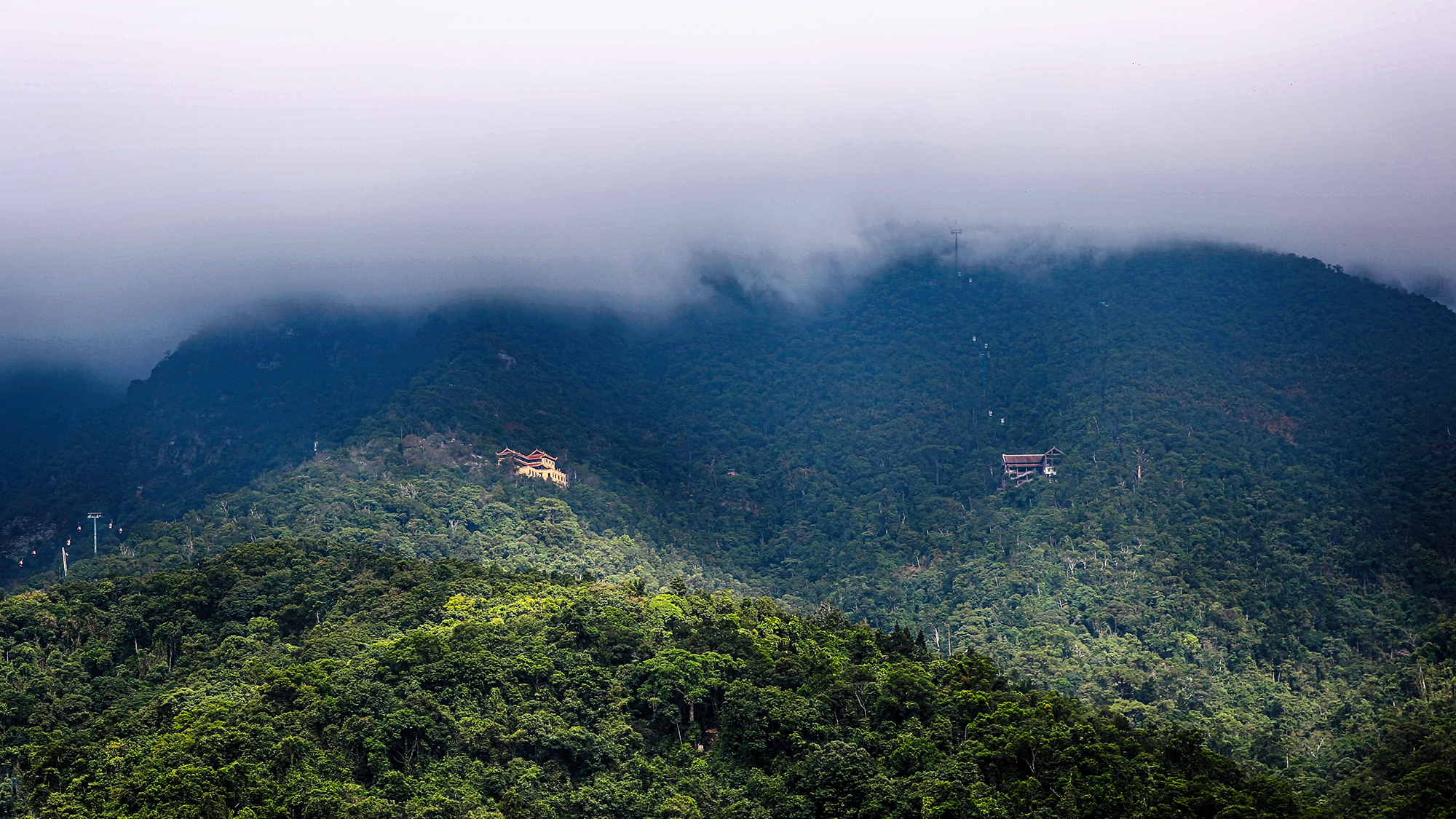 Photo: baovemoitruong.org.vn
Photo: baovemoitruong.org.vn
In the West Yen Tu area, nature enthusiasts can take on a hike through part of the Yen Tu National Forest. The trails reveal endless bamboo groves and centuries-old pine trees, home to nearly one thousand species of fauna and flora. The national park is divided into a conservation area and an ecotourism site, making it a must-visit for nature lovers.
Other Buddhist Sanctuaries (Ngoa Van Pagoda, Hoa Yen Pagoda, Mot Mai Pagoda)
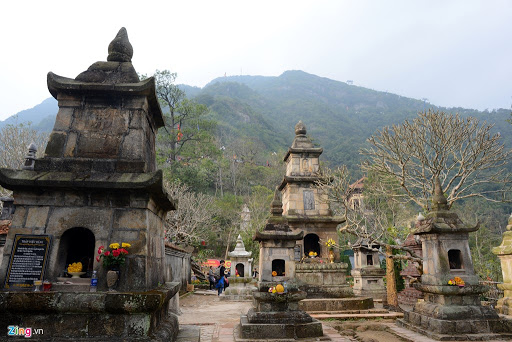 Photo: zing.vn
Photo: zing.vn
Beyond the main sites, visitors will encounter various temples, shrines, and towers along the trails that hold significant historical, religious, and architectural value. Noteworthy stops include Ngoa Van Hermitage, Hoa Yen Pagoda, Mot Mai Pagoda, and Hue Quang Tower, which are essential to enriching the visit.
Transportation
The shuttle bus is an ideal choice for solo travelers or larger groups wanting to stay together while navigating the trails. Daily buses run from multiple stations in Hanoi, including My Dinh, Luong Yen, and Giap Bat. To avoid missing stops, inform the driver of your destination for timely notifications. Additionally, taxis or motorbike taxis can take you to the foothills of Yen Tu, located about 10 km away from the entrance.
For those seeking more privacy or flexibility, consider renting a vehicle. Options range from various sizes and brands at differing price points. Renting a motorbike is also a viable option for adventurous travelers, with affordable pricing based on the type and duration of the rental. Drivers can use national highways, with an estimated travel time of 2 to 3 hours from Hanoi.
Best Time to Visit
Situated at a high altitude, Yen Tu enjoys a mild, temperate climate year-round with four distinct seasons. Summer extends from April to July, while winter runs from November to January—though even in summer, the weather remains pleasant for visitors.
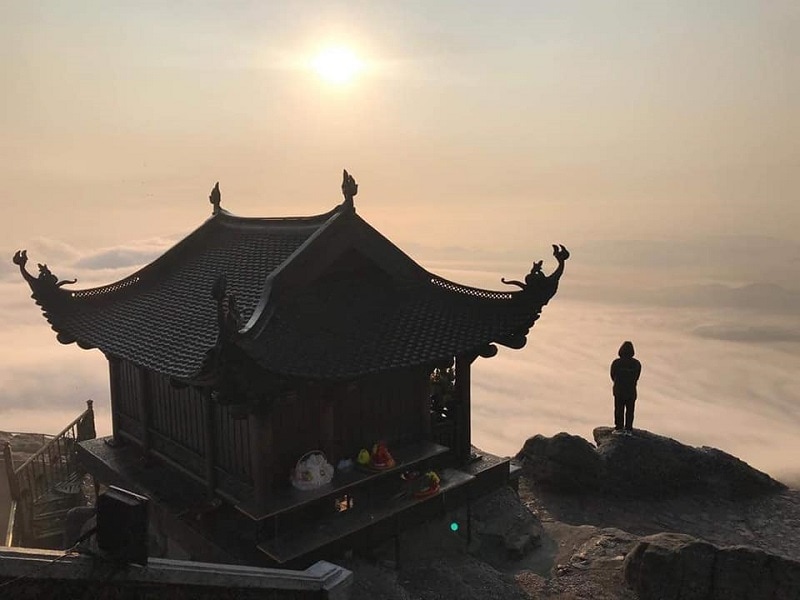 Photo: blogyeuphuot.com
Photo: blogyeuphuot.com
The optimal time for travelers and hikers is between September and November, when conditions are mild and dry, with fewer tourists allowing a tranquil experience among the architectural masterpieces and breathtaking landscapes. For those interested in local customs and Buddhist practices, participating in the pilgrimage season during the Lunar New Year, from January to March, can provide a unique cultural experience.
Useful Information
- Location: Yen Tu, Quang Ninh
- Best for: All Visitors
- Entrance: N/A
- Hours: 9:00am - 5:00pm
- Distance to city center: 63.6km (39.5 mi)
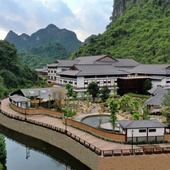
Yoko Onsen Quang Hanh
Located around 30km from Tuan Chau Pier, Yoko Onsen makes a good side trip for Halong Bay visitors.
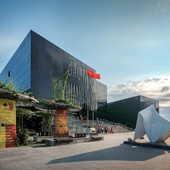
Quang Ninh Museum
Spreading nearly 24000m2 on the most beautiful coastal road of Halong City, Quang Ninh Museum is not only an indispensable place for culture vultures but also a unique structure for youngsters to check-in.
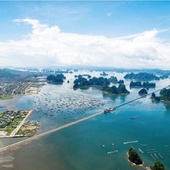
Van Don Island
Van Don Island is around 50km from Halong City Center to the northeast. This is the largest island on Bai Tu Long Bay covering 600 islands with 20 ones inhabited by local people.








